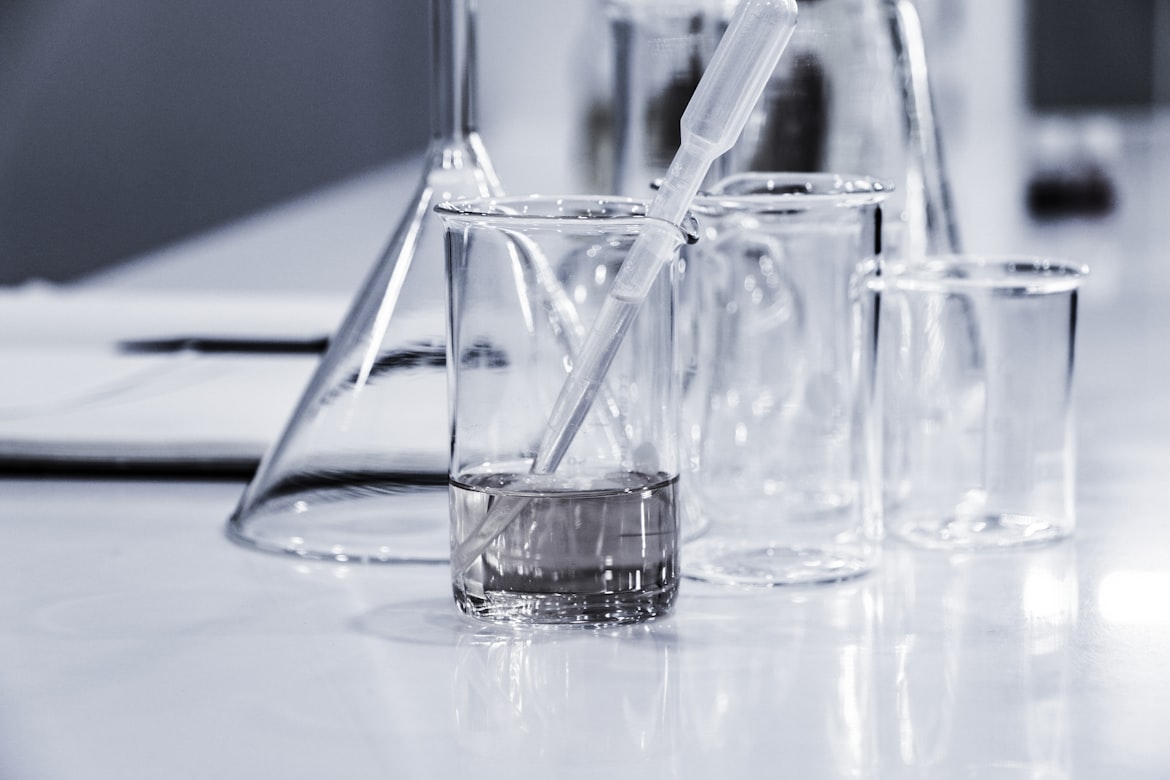Introduction: More Than Just a Shock

Volta's original battery design (1800)
Picture this: Italy, 1791. Luigi Galvani watches a frog's leg twitch when touched with two different metals. A decade later, Alessandro Volta stacks zinc and copper discs separated by brine-soaked cardboard, creating the first true battery – the "Voltaic Pile."
This wasn't just the birth of electricity; it was the spark that ignited the field of bioelectrochemistry. Over 200 years later, we stand on the shoulders of these giants, exploring the profound and intricate electrical conversations within living cells.
The Body Electric: Core Concepts Unveiled
Bioelectrochemistry investigates the electrical phenomena inherent to biological systems. It's the study of how ions flow, charges build, and currents run through cells, tissues, and organisms.
Ion Channels & Pumps
Tiny protein gateways and motors embedded in cell membranes that meticulously control the flow of charged ions (like sodium, potassium, calcium, chloride), creating voltage differences – the cell's internal battery.
Membrane Potential
The electrical voltage difference across a cell membrane (typically -40mV to -90mV inside vs. outside). This "resting potential" is fundamental to cell function.
Action Potentials
Rapid, self-propagating waves of electrical depolarization (like flipping a switch) that travel along nerve and muscle cells, enabling communication and movement.
Electrogenic Transport
Processes where moving molecules across a membrane directly generates an electrical current (e.g., the electron transport chain in energy production).
Recent Revolutions: Where We Are Now
The field has exploded beyond basic understanding:
Bioelectronics
Developing implantable devices that interface with the nervous system (e.g., cochlear implants, deep brain stimulators for Parkinson's, retinal prostheses).
Electroceuticals
Using targeted electrical stimulation to treat conditions like inflammation, diabetes, or even autoimmune disorders, bypassing drugs.
Biosensors & Diagnostics
Ultra-sensitive devices using bioelectrochemical principles to detect diseases (like cancer biomarkers) or monitor metabolites in real-time (e.g., continuous glucose monitors).
Synthetic Biology & Electrogenetics
Engineering cells to produce electrical outputs in response to specific triggers, or using electricity to control genetically modified cellular processes.
Energy Harvesting
Exploring ways to capture the tiny electrical energies produced by biological processes for powering micro-devices.
Spotlight Experiment: Programming Mini-Organs with Electricity (2018)
The Quest
Can electrical stimulation directly influence the development and function of complex human tissues, beyond just triggering existing cells?
Methodology: Electrifying Intestinal Organoids
- Organoid Growth: Scientists grew 3D "mini-guts" (intestinal organoids) from human stem cells, mimicking key features of real intestinal tissue.
- Bioelectronic Platform: A specialized chip was created with microfluidic chambers and embedded electrodes.
- Electrical Stimulation Protocol: Organoids were subjected to specific patterns of low-level electrical pulses.
- Monitoring & Analysis: Growth, gene expression, and function were carefully tracked.

Results and Analysis: Shaping Growth with Sparks
- Structural Changes: Electrically stimulated organoids showed significantly altered morphology compared to controls.
- Gene Expression Shifts: Stimulation dramatically altered the activity of hundreds of genes.
- Enhanced Function: Stimulated organoids demonstrated improved functional capabilities.
Scientific Importance
This experiment provided direct evidence that electrical cues are not just signals for developed tissues, but powerful morphogens – guiding forces that shape tissue development, maturation, and function at the genetic level.
Data Visualization: Quantifying the Electric Influence
Organoid Morphological Changes After Electrical Stimulation
| Feature | Control Organoids | Stimulated Organoids | Significance |
|---|---|---|---|
| Average Size (μm) | 250 ± 30 | 320 ± 45 | Increased growth rate |
| Branching Complexity | Low (1-2 branches) | High (3-5+ branches) | More advanced structural development |
| Lumen Formation | Simple, small | Complex, expanded | Better mimics mature tissue structure |
| Epithelial Thickness | 1-2 cell layers | 2-3 cell layers, more organized | Improved barrier function potential |
Key Gene Expression Changes
Nutrient Absorption Rates
The Scientist's Toolkit: Essential Reagents for Bioelectrochemistry
Understanding life's electrical language requires specialized tools. Here's a glimpse into the core reagents used in experiments like the organoid study and beyond:
| Reagent/Material | Primary Function | Example in Organoid Experiment |
|---|---|---|
| Cell Culture Media | Provides nutrients, growth factors, hormones for cell/tissue survival and growth | Basal media + specific factors guiding intestinal differentiation |
| Stem Cells | Source material capable of differentiating into various cell types | Human Pluripotent Stem Cells (hPSCs) |
| Matrigel/Basement Memb. | Provides a 3D scaffold mimicking the natural extracellular environment | Supports organoid structure and growth |
| Electroconductive Polymers | Coat electrodes or surfaces to improve biocompatibility & signal transfer | PEDOT:PSS coating on chip electrodes |
| Ion Channel Modulators | Drugs/chemicals that open or block specific ion channels | Used in controls to confirm electrical signaling mechanisms |
Conclusion: A Legacy Charged with Future Potential
From the involuntary twitch of a frog's leg to the precise electrical programming of human tissue in a lab, the journey of bioelectrochemistry is a testament to the enduring power of Volta's foundational discovery.
We've moved far beyond simply observing bioelectricity; we are now learning its grammar and syntax, enabling us to converse with cells and tissues in their native electrical tongue.
As we continue to decode the bioelectric code of life, one thing is certain: the spark Volta ignited over two centuries ago is illuminating a future where electricity and biology converge to heal, enhance, and redefine the possibilities of human health.
